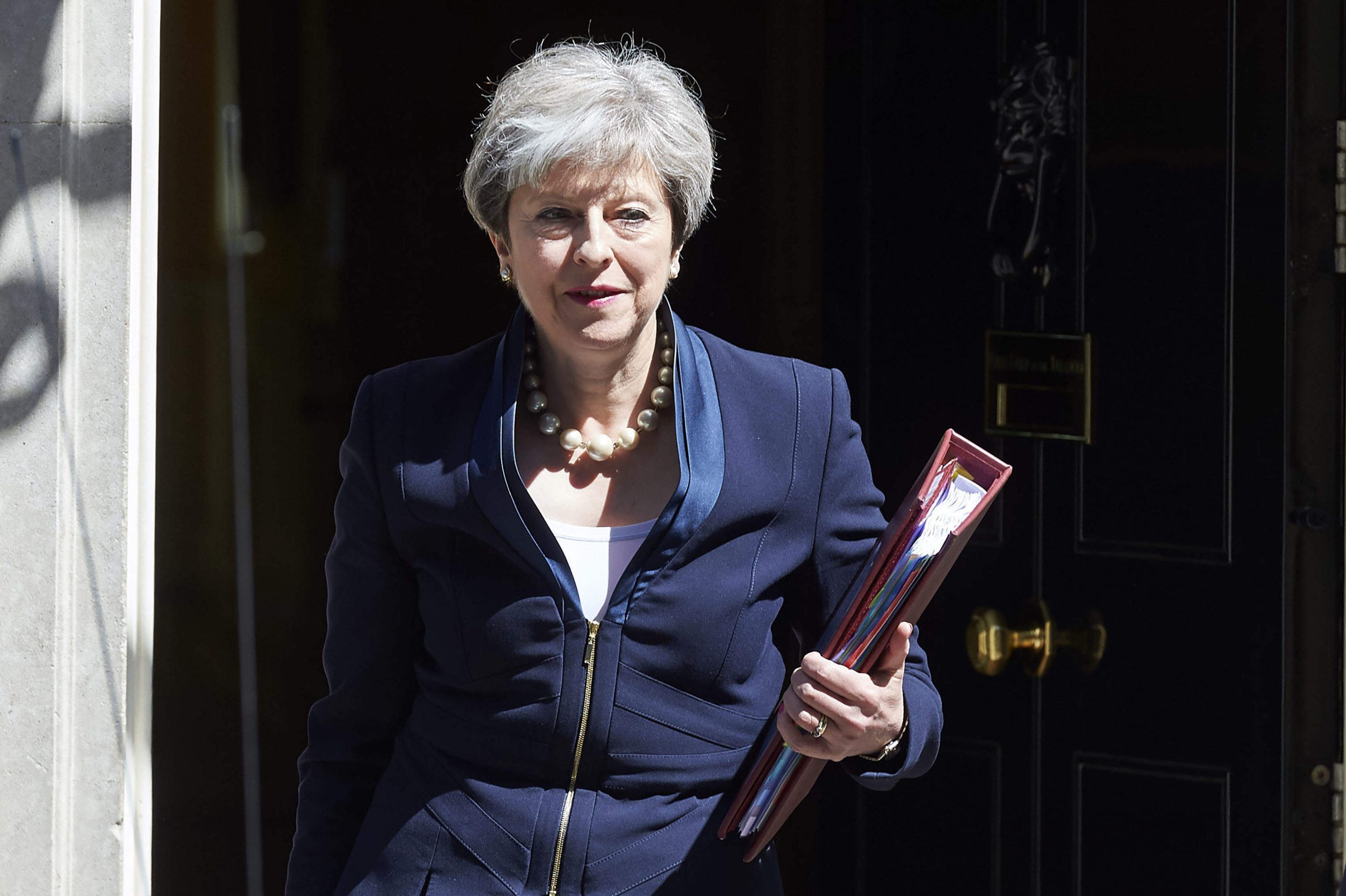
Meet the new boss, she’s just the same as the old boss? The PM tried out the new Theresa May 2.0 operating system against Jeremy Corbyn at PMQs yesterday and it looked a lot like David Cameron 1.0: the cuts are hard but necessary.
It drew muted applause from the right-wing press. “What took you so long?” asks Asa Bennett at the Telegraph. The Spectator‘s James Forsyth says that she “turned the clock back” to the Cameron-Osborne years.
Things have never been worse; don’t let Labour ruin it. It’s not on paper an inspiring message but it worked in 2015, didn’t it? One of the strengths of the British right is that they burnish rather than tear down their former leaders but they also tend to believe the hype, which is its own problem in a way.
It’s worth noting that George Osborne was perfectly happy to borrow money, by cutting taxes faster than he cut spending. He also quietly tore up “Plan A” in 2012 and lavished money on road-building. (In that respect, May really has gone back to the Osborne playbook, by talking tough on austerity in the House while quietly letting the Transport Secretary announce that he’ll be spending freely on, you guessed it: roads.)
It certainly didn’t help, as I write in my column this week, that the Conservatives abandoned their economic argument. But I can’t help feeling that the significant difference between 2015 and 2017 wasn’t that George Osborne had more screen time than Philip Hammond, but that in 2015, Britain was experiencing a period of slight deflation, obscuring the fact that wage growth had been fairly stagnant. In 2017, thanks to the fall in the value of the pound, Britain was experiencing a period of inflation, which only highlighted our anaemic wage growth.
And unless the government can find a way to either get wages rising or prices falling, the PM’s Cameron tribute act will continue to fall flat.





